Modeling of locks from plasticine

Modeling plasticine locks is one of the most exciting activities. Knowing how children can make a volumetric castle with their own hands step by step, you can help them master this hobby, including explaining how to mold it on cardboard. It is also helpful to consider some tips for sculpting a castle for a princess.
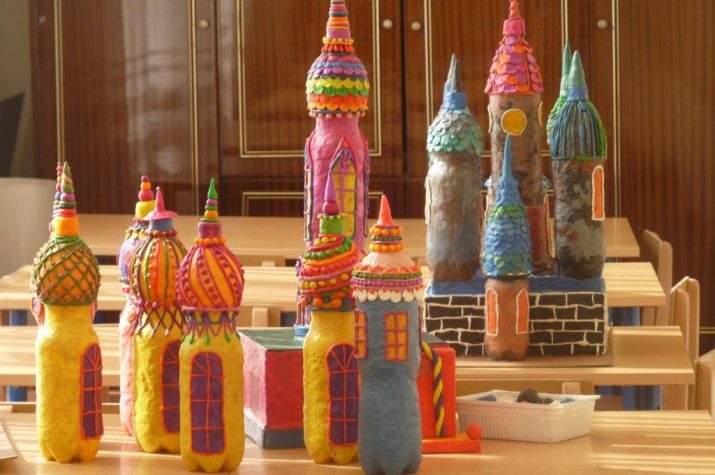
How to mold on cardboard?
This activity will appeal not only to history buffs. A castle made of plasticine on cardboard will also become a visible confirmation of your creative talents, skill in crafts. It is easy to hone skills on it and gradually move on to even more complex products. Even if the world of the feudal era is infinitely far from modernity, even for children can reproduce a piece of it. You can spend several hours in a row at this lesson, but the result is worth it.

The base base should ideally be blue, because it allows you to imagine a castle against a sky-high background (or on a cliff with a sea background, if you like). First, they form the first turret with their own hands, it should resemble an oval. This structure is fixed exactly in the middle of the cardboard. The right turret should be slightly higher. One of them will be yellow and the other will be green.
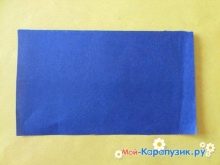


Then:
- a gate is formed in the first tower;
- finish painting a brick wall with a stack;
- equip roofs on turrets and decorate them with patterns;
- the turrets are connected with a stone wall made of gray plasticine (it is also decorated with patterns);
- decorate windows;
- put a yellow lattice on the gate (just using plasticine strips);
- form a red triangular roof on a large tower;
- take a stack and cut this roof so that it appears to be made of slate;
- if the background depicts the sky, draw the sun (or the moon and stars) on it;
- decorate the resulting unapproachable stronghold with a banner.





How to make a 3D model?
But sculpting a simple fortress, no matter how elegant and thoughtful it may be, does not suit everyone. You can always come up with a whole story. For example, you can write a story that some people built an almost real castle for a princess. A bulky product will not leave anyone indifferent. The princesses themselves (as well as other characters) are easy to fashion afterwards. For work you will need:
- plasticine of several colors;
- sharp stack;
- plastic knife;
- toothpick or skewer.

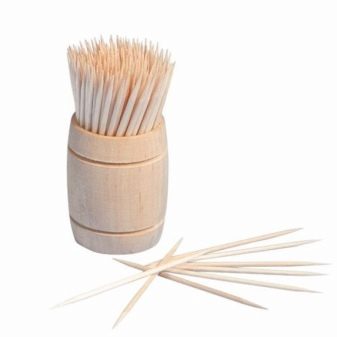
The base of the castle is rectangular and brown in color. To wrap the sides of the created structure, a beige strip 0.2-0.3 cm wide is needed.


If too much has been cut off, remove the excess with a knife. The stack will help smooth out the seam. Then, in front, an orange pancake is attached to the base, overlapped from above with the same, but already brown color.
Later:
- use a thin tourniquet to decorate the top of the building;
- give this layout a relief;
- form the texture of the gate and complement them with handles;
- erecting gate towers;
- crown them with a blue roof;
- put the top of the castle in its proper place;
- fill the edges of the base with additional thin turrets;
- put blue roofs on them;
- complement the reverse side of the castle with the highest tower;
- sculpt small details;
- decorate areas along the walls with green plantings;
- place flags over the gates and on the highest tower.
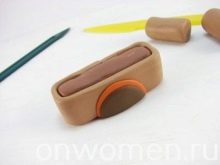

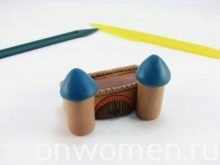



Useful Tips
If you plan to reproduce a real castle, then it is better to thoroughly study the photographs, drawings and paintings. But this is not always necessary. Fairy and fantasy fortifications are created at arbitrary scales. Chasing fine detail is hardly worth it. An accurate reproduction of the profiles of even quite real historical buildings should be left to professional modelers.
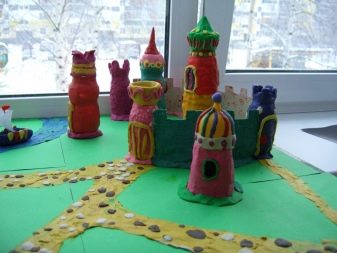

For crafts of children and other lovers, simple recognition and close similarity are enough. Stylized castles leave even more creative freedom. Usually round or square towers are created. More complex shapes are hardly worth sculpting.
It is necessary to understand that irregularities and deviations from ideally accurate forms in a real medieval building were inevitable, and therefore a certain number of them is desirable, even necessary.

To work, you need to purchase high-quality plasticine. If you do not have any experience, it is better not to tackle the modeling of the castle at all, but to hone your skills on its individual elements. It is strongly recommended to create large volumetric buildings on a wire frame. Otherwise, there is a great risk that any careless movement will have to start from scratch. Another recommendation: you should get down to business in a calm, measured mood, because both too sad and too optimistic can damage the craft.
How to mold a castle from plasticine, see the video.








